Tissue Culture DefinitionIt is possible to develop tissues or cells separately from the parent organism in artificial environment this method is also known as micropropagation . Use of a fluid, moderately, or solid growing medium, like broth or agar, often helps to assist this. The more precise phrase plant tissue culture is used for the culture of plant tissues, whereas tissue culture is widely used to refer to the cultivation of animal cells and tissues. American doctor Montrose Thomas Burrows is credited with coining the phrase "tissue culture." This is only feasible under specific circumstances. It also demands more focus. Only in genetic laboratories using a variety of chemicals is it possible. 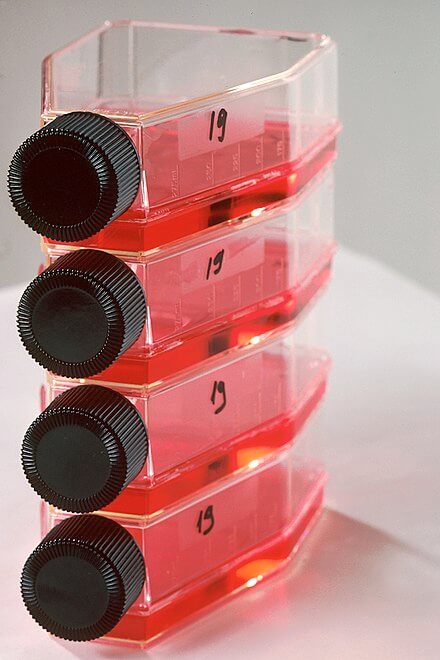
Historical UsageWilhelm Roux established the fundamental idea of tissue culture in 1885 when he cut a piece of an embryonic chicken's medullary plate out and kept it in a warm saline for many days. Ross Granville Harrison, a naturalist, established the proliferation of frog human embryos that would offer ascent to nerve fibers in an environment of clotted lymph in 1907. E. Steinhardt, C. Israeli, and R. A. Lambert propagated the vaccinia virus in guinea pig ocular tissue in 1913. The first application of regenerative tissue was to replace a tiny segment of urethra in 1996. This discovery that the technique of taking tissue samples, growing them outside the body without the need for a scaffold, and then reapplying them can only be used for tiny lengths of less than 1 cm led to this discovery. The advantages of plant tissue culture, as well as its potential, were initially mentioned by Gottlieb Haberlandt. He claimed that by using tissue culture, it would be possible to assess both the potential of individual cells as well as the reciprocal effects of tissues on one another. Since the time of Haberlandt's initial claims, techniques for tissue and cell cultivation have been developed, leading to important advancements in biology and medicine. His initial hypothesis, totipotency, was first put forth in 1902 and said that "theoretically all plants are capable of giving rise to a full plant." Modern Usage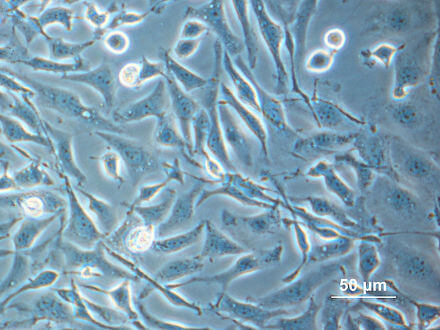
To develop cells from a multicellular organism in vitro is generally what is meant by the term "tissue culture" in modern usage. Primary cells or immortalised cell lines may be the source of these cells, which can be extracted from a donor organism. The culture media, which surrounds the cells and provides them with the vital nutrients and energy they require to survive, is bathed in. Because of this, the terms "tissue culture" and "cell culture" are frequently used in the same context. Contrarily, the term "tissue culture" as used in a literal sense only refers to the explant cultivation of tissue fragments. For the study of the biochemistry of cells from multicellular organisms, tissue culture is a crucial technique. It offers a manipulable and simply understandable in vitro system of the tissue in a clearly defined environment. Cells can be grown in two-dimensional monolayers (standard culture) or inside fibrous scaffolds or gels to produce more realistic three-dimensional tissue-like structures in animal tissue culture (3D culture). In a 1988 NIH SBIR award report, Eric Simon demonstrated how electrospinning could be utilized to create nano- and sub-micron polymeric fibrous scaffolds that were intended to be utilized as in vitro cell and tissue substrates. It was demonstrated through this early application of electrospun fibrous lattices for tissue engineering and cell culture that different cell types will stick to and thrive upon polycarbonate strands. Cells grown on the electrospun fibres were found to have a more rounded 3-dimensional morphology, which is more commonly seen in tissues in vivo, as compared to the flattened morphological features typically observed in 2D culture. The practise of producing complete plants from tiny fragments of plant tissue that have been grown in a medium is known as plant tissue culture. The process of plant tissue culture, which involves cultivating plant cells or tissues in artificial media enriched with necessary nutrients, has several uses in effective clonal propagation (true to type or similar), which may be challenging using conventional breeding techniques. Using Agrobacterium tumefaciens or a gene gun to introduce DNA alterations to plant tissue, tissue culture is used to create genetically modified plants. These transformed cells can then be utilised to grow a whole plant from these modified cells. Due to the totipotent nature of plant cells, callus cells can develop into whole plants when growth hormones are added to the media. Culturing of Animal Tissues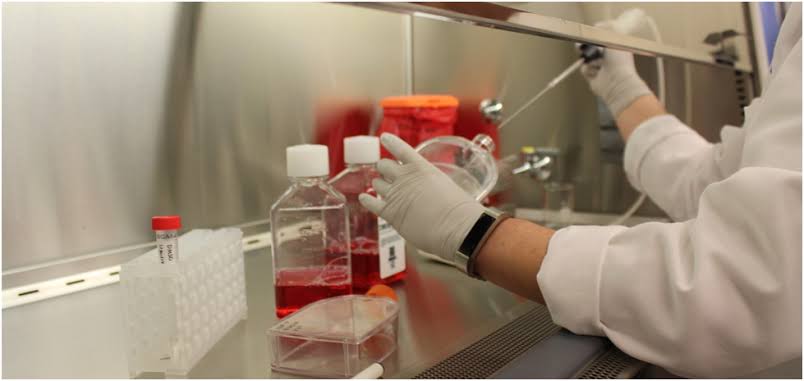
Animal cells can be cultured using one of three methods. The first is organ culture, which is started in vitro using complete organs from embryos or only a portion of an adult organ. In organ culture, these cells maintain their distinct characteristics and functional activity. The second technique is known as primary explant culture, in which pieces of animal tissue are connected to a surface that used an extracellular matrix component (ECM), such as collagen or a blood clot. The migration of cells is referred to as outgrowth, and this culture is referred to as a primary explant. This has been done in order to compare the growth traits of cancer cells to those of their healthy counterparts. Cell culture is the third technique, and there are three varieties of it: Three types of cell culture exist: (1) precursor cell culture, which involves undifferentiated cells that need to be differentiated; (2) specialized cells culture, which involves fully differentiated cells that are no longer able to differentiate; and (3) stem cell culture, which involves undifferentiated cells that have the potential to differentiate into any type of cell. ApplicationsTissues are cultured for use in both research and industry, including the following:
The Creation of a Cell Line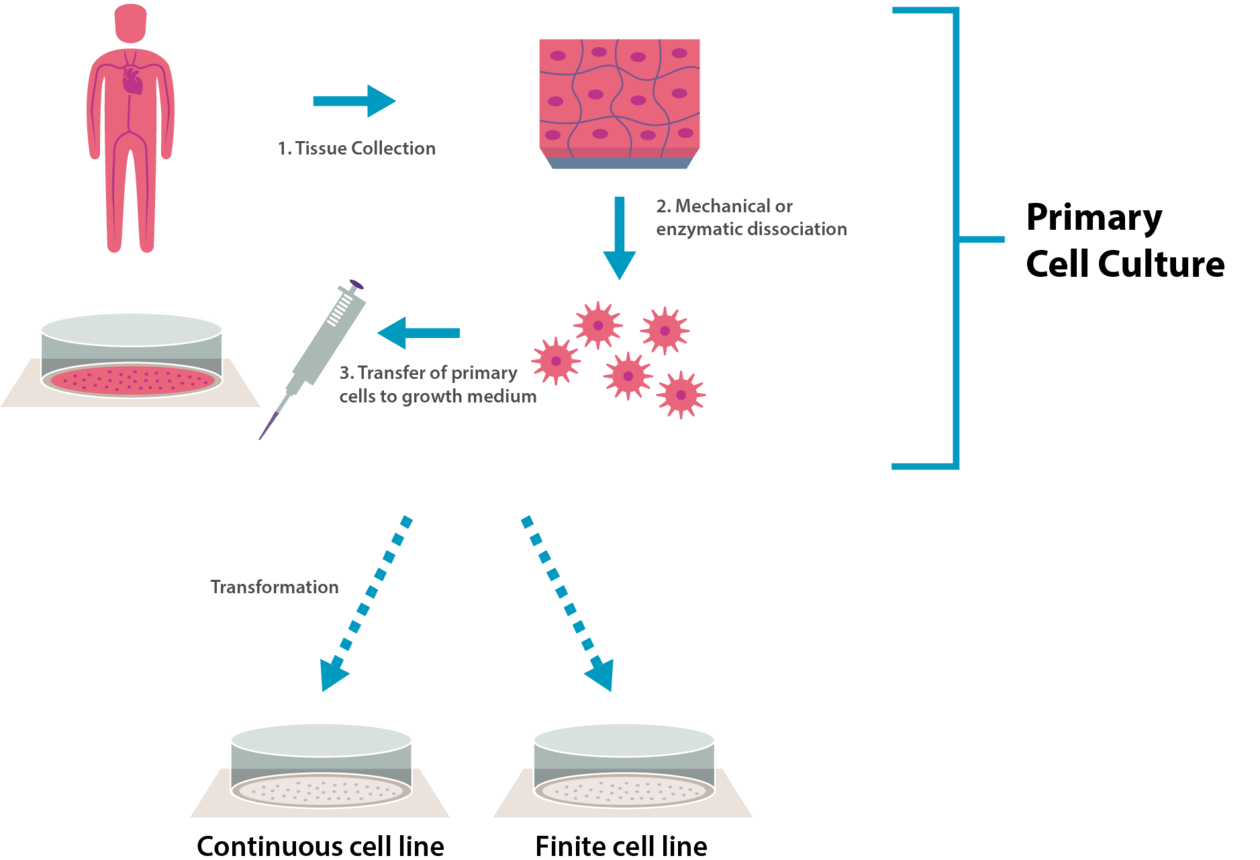
An established cell culture that will perpetually reproduce itself is referred to as a cell line. Most of the time, researchers obtain cell lines from other researchers or from cell banks like the (American Type Culture Collection) because doing so is simpler than developing a new one. However, in some circumstances, researchers are required to create a cell line like in Tumor tissue transformed cell lines, or in vitro normal cell transformation. Stem Cell TechnologyStem cells, which can be employed for tissue replacement or the development of organs, are the subject of the most recent advances in tissue culture science. A stem cell is a sort of primitive cell that can differentiate into any of the 220 types of human body cells. Although stem cells can be extracted from muscle, blood, or brain tissue, early embryonic stem cells-which have the power to develop into any other cell-are the most crucial. Asian Applications of Tissue Culture Technology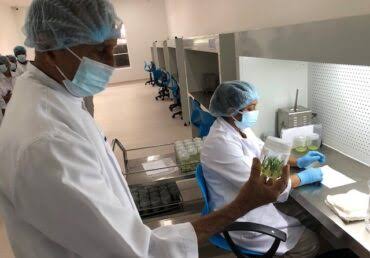
Application of Tissue Culture Technology for Kenya's Small-Scale Banana FarmersBananas are a vital food crop in Kenya, as they are in many other tropical and subtropical underdeveloped nations. However, due to increasing soil deterioration and the invasion of pests and diseases in banana orchards during the past 20 years, banana production has rapidly decreased. The widespread practice of growing new banana plants from diseased suckers made these issues worse. Food security, employment opportunities, and wages in banana-producing regions were all under threat. It was decided that tissue culture technology would be a good way to supply enough of these components in both quantity and quality. Tissue Culture Technology's Advantages for West African Rice GrowersScientists have long desired to combine the hardiness of the African rice variety (Oryza glaberrima) with the yield of the Asian variety (Oryza sativa). Nonetheless, the two are very dissimilar. Since the progeny were all sterile, attempts to combine them were unsuccessful. The West Africa Rice Development Association (WARDA) rice breeders turned to biotechnology in the 1990s to try to solve infertility issues. Gene banks that contain the seeds from 1,500 different types of African rice were essential to the endeavour since these varieties were in danger of going extinct because farmers had switched to Asian varieties with higher yields.
Next TopicTrademark Definition
|
 For Videos Join Our Youtube Channel: Join Now
For Videos Join Our Youtube Channel: Join Now
Feedback
- Send your Feedback to [email protected]
Help Others, Please Share









